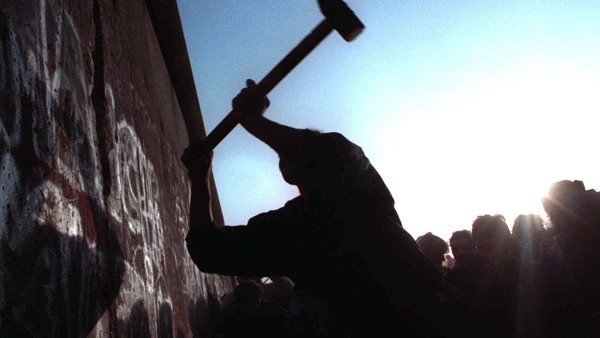The Disturbing Truth Behind The Four-Minute Warning

Before the reduction plans were announced, there was up to 125,000 warheads in the world, all capable of causing utter devastation. Between the 1950s and 1990s, the threat of these weapons being used was at an all-time high.
Once the USSR had started to create weapons of mass destruction by the early ‘50s, the threat of an attack on the US was relatively low due to the geographical distance between the two superstates. However, the US’s main ally, Great Britain, was in reachable distance from the East. In 1953, the British government put a public alert system in place for preparation of a prospective attack. The Four-Minute Warning had begun.
Taking its name from the approximate amount of time it would take for a nuclear-armed rocket to travel from an armed Soviet base to a target in the British Isles, the warning would give British citizens minutes to prepare for disaster. Air raid sirens, radio transmissions, and TV alerts were the sole methods of communication. With little time available, the British public needed to be on constant alert.
During the 1950s, the Second World War was still in recent memory. The original warning would have come by air raid sirens and the radio, and civilians would have remembered basic safety procedures from the Blitz. However, as time went on, the memory of Luftwaffe attacks began to fade. To keep Britons informed, new pamphlets were distributed by the Home Office under the title: Protect and Survive. The leaflets kept the population up to date on what to do in the unlikely event of a nuclear war.
Article continues on the next page...